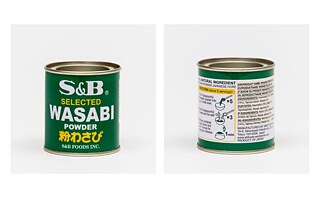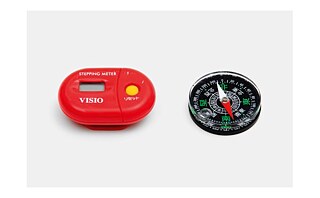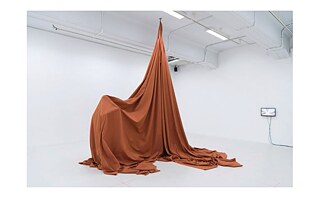Villa Kamogawa in Berlin
Door stopper, vinyl record and bucket on the move

130 scholarship holders have had the opportunity to work in the Villa Kamogawa artists’ residence over a period of ten years. The pandemic meant that particular creativity was required to celebrate the anniversary of the residence – the final result will be presented from 28 April 2022 in the exhibition “Villa Kamogawa in Berlin”. Curator Michael Hirschbichler lived in Villa Kamogawa himself in 2019. He reports on his experiences there and gives insights into the exhibition.
What can visitors expect from the exhibition “Villa Kamogawa in Berlin”?
Michael Hirschbichler: Works by 73 former scholarship holders of Villa Kamogawa form the centrepiece of the exhibition. However, these are not completed artworks. As the ten year anniversary of Villa Kamogawa, which took place last year, was overshadowed by the pandemic, we asked ourselves what an exhibition taking place under these conditions could look like. It wasn’t possible for people to travel to Japan, but it was still possible for objects to cross the border by post. We also felt that it was important to reflect on the special circumstances of an artists’ residence – and thereby to focus more on the processes than the finished works. This led to the idea of inviting the 130 former scholarship holders to send a “connecting piece” to us in a Deutsche Post parcel. These “connecting pieces” – Japanese: つなぐモノ語り (tsunagu mono gatari) can be anything that we encounter in our everyday lives and that is meaningful to us for one reason or the other – something we have found or a memento, objects that preserve or make a specific impression, a feeling, a mood or a relationship. The fact that these objects are interwoven with the lives and biographies of artists was particularly interesting for us, along with the fact that they link cultural experiences and approaches, personal experiences and artistic work, people and institutions, situations and incidents with one another.
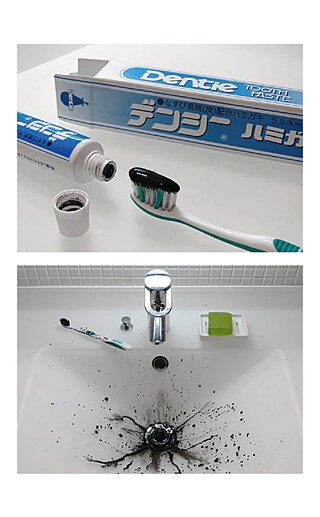
What’s special about Villa Kamogawa?
Michael Hirschbichler: Villa Kamogawa is first and foremost a house on the river in the centre of Kyoto, Japan, with very beautiful artist apartments which German creative artists can live in for a period of one to three months and explore their environment in their own way. As well as financial support, the most important thing is that you don’t have to do this alone, which would be a great challenge in the case of Japan. What’s very special about Villa Kamogawa is that there is a team on site who support you with daily concerns, and support you in your artistic work, help you with research and in making contacts. I found this support very important and particularly valuable. And what’s more, you are not alone because four scholarship holders are living in Villa Kamogawa at the same time – with all the advantages and disadvantages that living together offers.
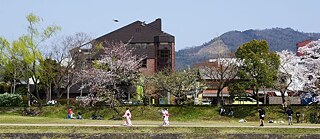
Michael Hirschbichler: For me, the stay in Villa Kamogawa was special because I had become a father shortly beforehand. A highlight for me was initially that my family was allowed to come with me for some of the time. That would unfortunately be very difficult or impossible in many residence programmes. I remember the time in Kyoto as being correspondingly intensive and positive. I remember with great pleasure the communal evening meals, excursions and joint activities with my fellow scholarship holders Leni Hoffmann, Lea Letzel and Jacopo Salvatori. The intensive impressions that I gained during the days and nights I stayed at various ghostly places were a highlight in terms of content. My project in Kyoto was to explore notions of the mythological foundations of the contemporary city that is suffused with ghostly associations.
Does an exchange like this actually leave traces in the works of the artists?
Michael Hirschbichler: Even when it seems kitschy or idealised from the perspective of cultural promotion, I am convinced that an exchange like this can actually leave traces in the artists and their works. To put it very generally: Every life experience leaves its traces, even if these do not come immediately to light. It’s important that these impressions are not understood as exoticizing – in the sense that the works of the scholarship holders are seen to be “Japanese” in some way, or something in this direction. But residences definitely offer artists an opportunity to have experiences that they couldn’t have if they stayed at home – experiences that can only be made when you actually go somewhere – whether it’s by walking, flying or travelling in some other way. These experiences could be about fleeting everyday impressions, tastes, smells, encounters, situations etc., about friendships and relationships for life, about occasionally profound aesthetic experiences, about topics that you pursue for a long time. This exhibition is about exactly these kinds of experiences and relationships: ones that take place at the interface between art and life and that cannot be materially captured but instead are related to certain objects and situations and are condensed in the longer term in artistic work.
